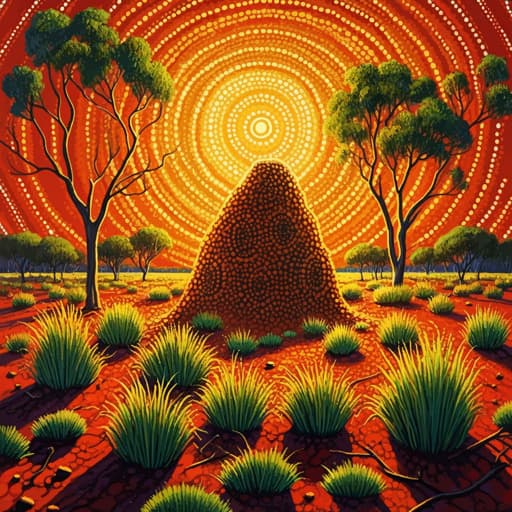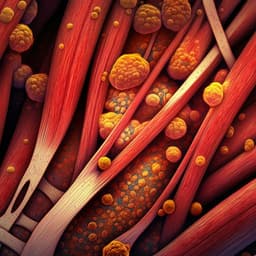
Biology
First Peoples' knowledge leads scientists to reveal 'fairy circles' and termite linyji are linked in Australia
F. Walsh, G. K. Bidu, et al.
This groundbreaking research by Fiona Walsh and a team of Aboriginal and Western scientists uncovers the true origin of Australia's 'fairy circles', linking them to harvester termites through the rich tapestry of Indigenous knowledge. Discover how these ancient practices intertwine with ecological understandings.
~3 min • Beginner • English
Related Publications
Explore these studies to deepen your understanding of the subject.







